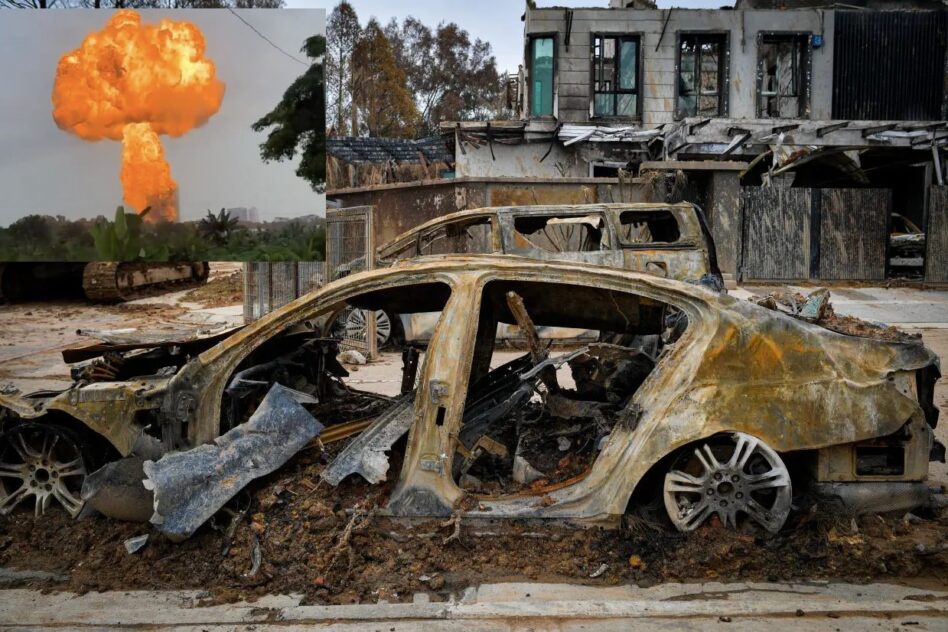Letter to Editor
WE refer to the article that appeared in FocusM on August11 entitled “Annual plastic usage is getting worse, 148,000 tonnes for food packaging alone”.
We would like to provide the facts that explain why plastics is crucial for food packaging safety, conditions for biodegradable products to actually degrade, and the importance of a circular economy.
Single-use plastics (SUPs)
The article gives the impression that SUPs is only used in the food packaging domain which is far from the truth. SUPs are not just straws and plastic bags. Syringes and PPEs that saves lives are also SUPs.
It is true that there has been a rise in take-away due to SOP (standard operating procedure) constrains and dine-in restrictions due to the COVID-19 pandemic. Many companies today are also using non-plastics packaging materials.
While certain types of food can be contained in non-plastics packaging, there is no suitable alternative for most foods.
Commonly used non-plastic packaging materials are also referred to as SUPs.
Plastics packaging protects and preserves food due to is excellent hygiene and barrier properties, making it fit for purpose when it comes to take away.

Recycling
Besides the primary objective of keeping food safe, another important aspect to consider when evaluating food packaging materials is its impact on the environment at the end of its lifecycle. For plastics, it can be recycled.
After being separated from food waste or other non-recyclable items, plastic packaging can be recycled and need not end up at a landfill. These valuable materials should go to recyclers – for recycling.
What we need is much greater awareness and consumer education of separation-at-source (SAS) to reduce waste going to landfills.
Biodegradable items
The article had referred to bio-based/biodegradable materials as replacements for plastics packaging without considering its end-of-life impact on the environment. Unlike plastics, bio-based materials are not recyclable. This is because biodegradable materials are supposed to breakdown when it degrades.
For biodegradable products to degrade, it must be exposed to specific control conditions involving oxygen, bacteria and temperature. These conditions are only possible in industrial composting sites (none of which are available in Malaysia at the time of writing).
Degradation does not happen in the natural environment of landfills – and definitely not in the ocean. The United Nations Environment Programme (UNEP) has stated that biodegradable plastics will not biodegrade in oceans.
Plastic food packaging materials
Today, many companies evaluate food packaging materials based on its carbon emissions due to the escalating global warming situation. This explains why food packaging materials must have low carbon emissions.
In a life cycle assessment (LCA) study by the Danish Environmental Protection Agency, it was found that low density polyethylene (LDPE) carrier bags – the grocery and shopping bag that we have been commonly using – had the lowest environmental impact for most environmental indicators even when compared with cotton or paper bags.
Life-cycle assessment (LCA) is the scientific method used to analyse materials and its environmental impact. LCA methodology assesses the environmental impacts associated with a product, process or service throughout its life by inventorying material resources, energy inputs and environmental issues through a cradle to grave approach.
Plastic pollution
In addition to food packaging, plastics is widely used in numerous sectors: automotive, electrical and electronics, construction, medical, agriculture and many more. Currently applications of alternative materials are limited to a few niche products.
The reality is that it is unsustainable to eliminate all types of plastics from our daily lives. Malaysia should therefore focus on managing plastics in a more sustainable manner.
Plastic plays a vital role in health and safety during the pandemic in the shape of masks, syringes, personal protective equipment (PPE) used by frontliners in the medical profession, F&B outlets, manufacturing, and many other sectors.
The Malaysian plastics industry acknowledges that plastics pollution is real and action must be taken expeditiously. Systemic changes involving many stakeholders are needed, especially where boundaries of responsibility are unclear.
Malaysia’s Circular Economy Roadmap
The Malaysian Ministry of Environment and Water (KASA), will soon be announcing Malaysia’s Circular Economy Roadmap. Among others, the roadmap takes into consideration the recovery of plastics (collection); EPR (extended producer responsibility); minimum threshold of recycled content for packaging; eco-design/design for recycling/design for circularity; and waste management planning to divert plastic from landfill.
The plastics industry looks forward to positive outcomes, following the dialogues KASA had with the industry and its stakeholders to gain information and conduct key discussions that will be taken into consideration for the roadmap.
Images of illegal dumpsites or the rise in production of plastic only forms a certain narrative. It has unjustly demonised plastics including the legitimate recycling sector which is crucial to a circular economy.
A better understanding of materials, its end-of-life aspects, and actual carbon emissions impact is what is needed to provide a better picture of food packaging that has the least impact on the environment. – Aug 25, 2021
The Malaysian Plastics Manufacturers Association (MPMA) is a progressive trade association that provides leadership and quality service to its members and the plastics industry.
The views expressed are solely of the authors and do not necessarily reflect those of Focus Malaysia.
Photo credit: green queen media









